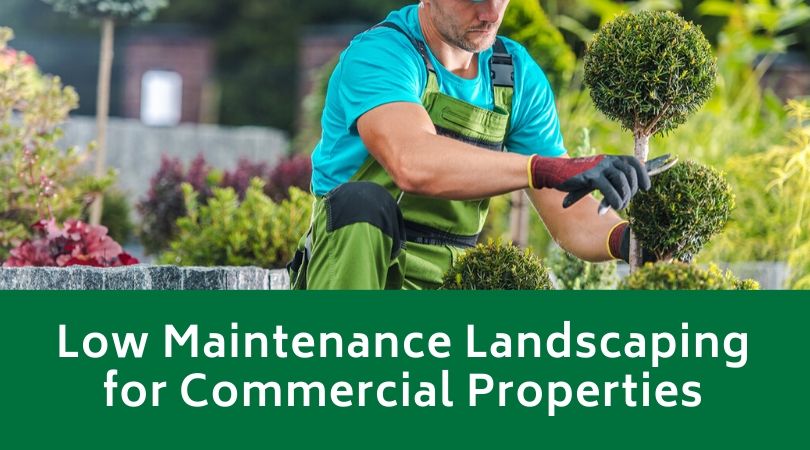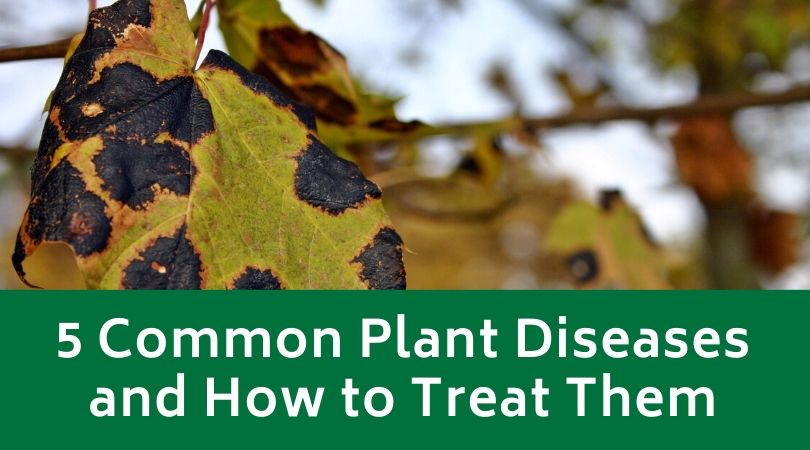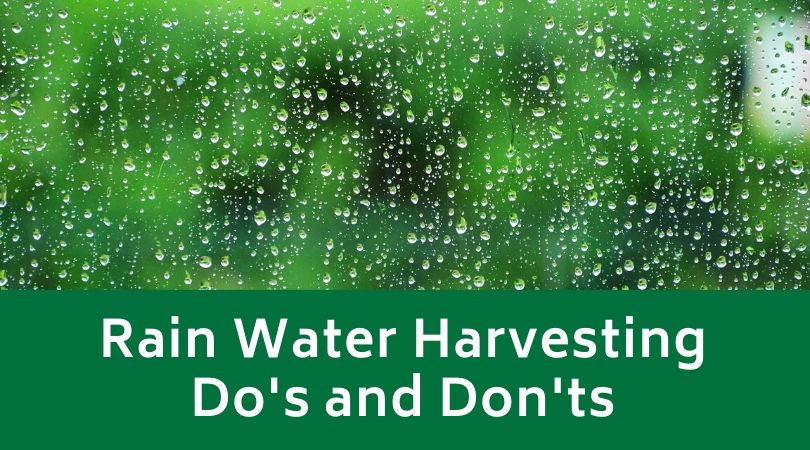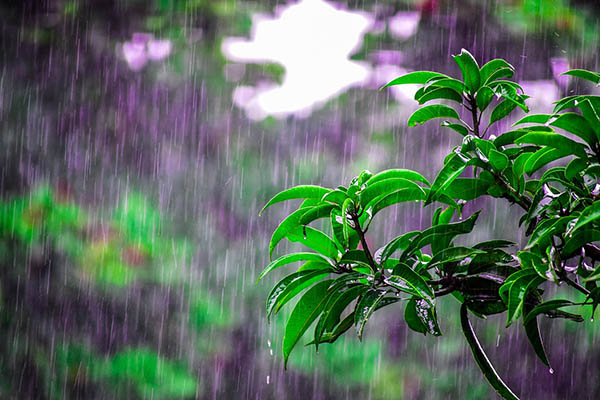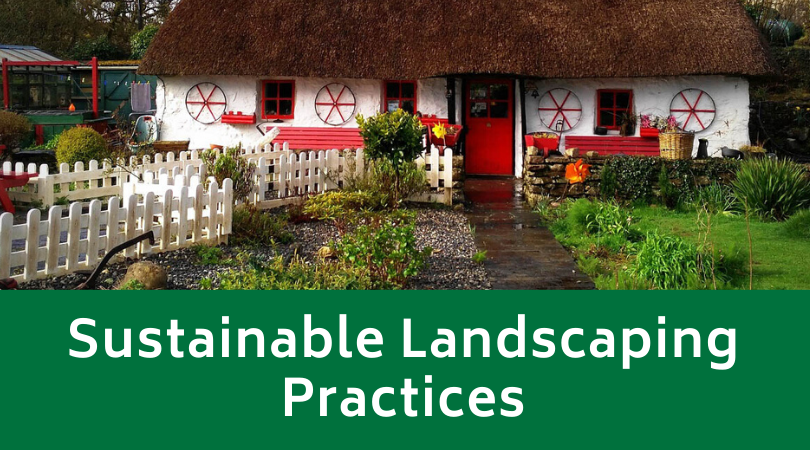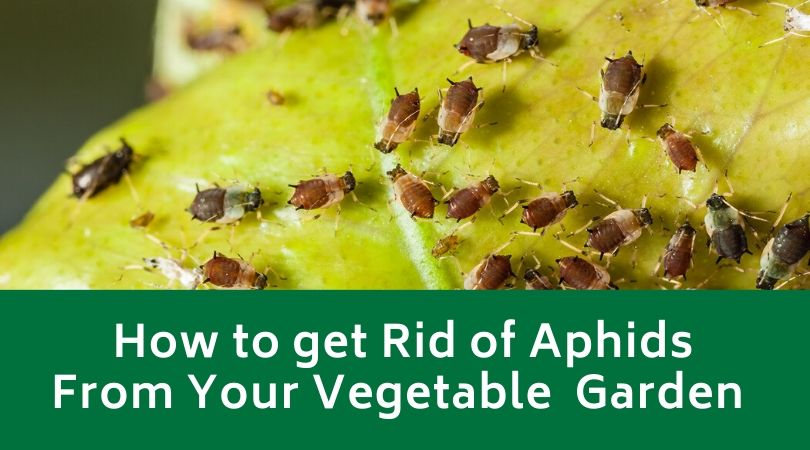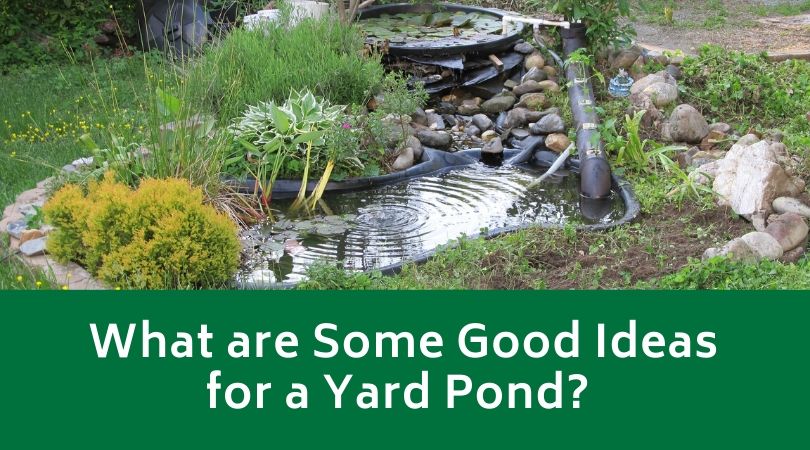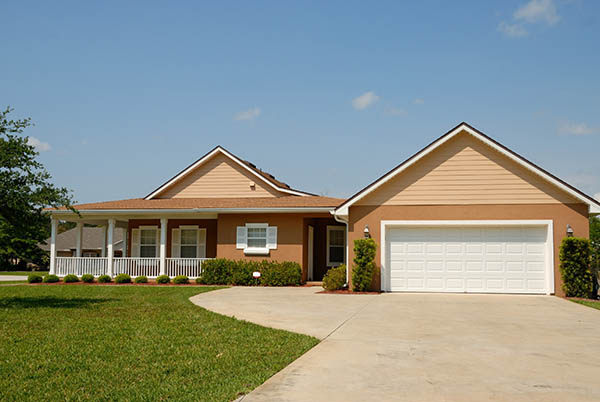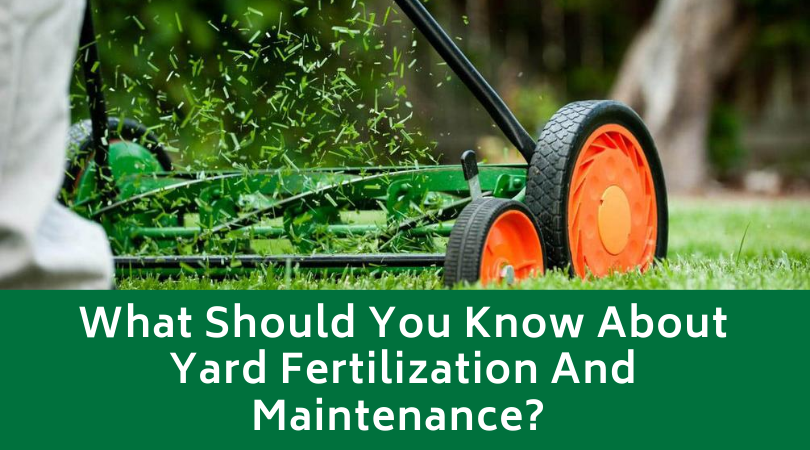
Spring is the season which poets adore. After a cold winter, warmer winds come, and the sun starts to shine. The plant world wakes up from a deep slumber, and new beautiful flowers begin to blossom. Gardening is proof that patience can take you a long way. You need to feed, nurture and water a seed until it cracks, starts growing, and then finally blossoms into a masterpiece.
No matter if you have a few pots on the balcony or entire acres of land, taking care of a yard will make a family bond better, and it has a lot of benefits. You can get fresh vegetables, aromatic herbs, and some of them sprout almost instantaneously. Click on this link to read more.
What are the benefits of maintaining a garden?

First of all, the main benefit is that you get out in the sun and you get moving. Our entire culture has shifted in the past hundred years. Most of our lives are in front of the computer. Our eyes are thankful when we look away from the blue screens and into something green and full of chlorophyll.
Yard work is considered as an activity which is moderately intense. Thirty minutes of movement every day is critical when it comes to having a healthy heart. Since you squat a lot during this time, you also get a gentle stretch in the pelvic region, which improves digestion and posture.
If you have small kids, then this will be a great time to teach them how beautiful the outside world is. Most kids today are stuck inside playing video games, and they don’t want to go outside. Gardening is a great way to show them the magnificence of exploring the outside world.
When should you fertilize your lawn?
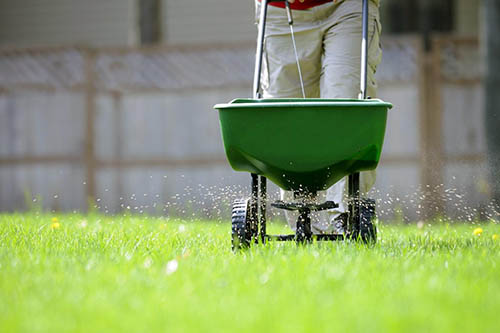
We can’t survive without food. The same thing applies to plants. If they don’t get enough nutrients, they will wither and die. That’s why you need to use fertilizer. It’s a key component in maintaining the look and the health of your lawn or garden. But, when you look around most neighborhoods, no one seems to be doing it.
Most people don’t know how to fertilize when to do it, or which products to use. Another thing that complicates the process is that if you have no idea what you’re doing, you can put too much or too little, and that can be harmful to the flora. Luckily, there are a few rules that you can follow to make sure your garden is always on point.
Most people wonder which is the correct day to start. No one knows the exact day, but most people can tell from the weather and the temperature outside that mid-April is a perfect time. If you want to be a bit more scientific, you could get a thermometer and measure the soil.
As soon as it crosses over 55 degrees Fahrenheit, you can start fertilizing. If you don’t live in America, then the temperature is 12.8 degrees Celsius. If you don’t want to go in that much detail, just check if there are any lilacs blossoming. Either that, or when the grass starts to grow.
What do the numbers mean?
When you go to the store, there will be many different labels on the bags. Most of the time, there are three letters and three numbers. The first letter is N, which means nitrogen. The second one is P, which means phosphate. And the final one is K, which means potassium. These three ingredients have everything your garden will need during the entire season.
The numbers mean percentages. So, for example, if you get a bag that says 20 – 10 – 10, that means there’s twenty percent nitrogen, ten percent phosphate, and ten percent potassium. The rest of the ingredients are fillers that make sure all the material is evenly distributed. The best bag to use in the spring is a 20-5-10.
Fast Release or Slow Release?

When you think of the perfect breakfast in the morning, it usually involves a piece of toast, a few eggs, and bacon, with a cold glass of orange juice. These foods have all the necessities that can keep us going throughout the day. Not only that, but it takes a long while to digest them. That gives us energy for a more extended period of time. Well, the same logic applies to plants.
Slow-release fertilizers work great because of the same reasons. Not only that, but you can also wait longer before you need to apply it again. Instead of doing it every four weeks, you can do it every six to eight weeks. The correct time depends on when you water the lawn. Additionally, you need to pay extra attention to the nitrogen.
This is the compound that makes your grass grow, and it is also responsible for giving it that bright green color. The optimal amount should be one-tenth of a pound per week. More is not always better. If you put more, the grass will not get any greener. It will only start growing faster.
This means you’re going to have to mow it more often. Or, if someone else is doing it for you, you’re essentially giving away free money. The best thing you can do is make it look like a glowing emerald without the grass growing super-fast.
Should you mimic the pros, or use granules?
If you’re a casual homeowner, the best solution is to use granules. They are amazingly simple to use with the help of a spreader. That takes a bit more time than a professional such as Omaha NE Lawn services who have been doing it for a long time. However, pros have a tanker truck with them, and they are doing it multiple times a day.
Unlike regular hobbyists, they take wind speeds into consideration to make sure everything is sprayed in such a short time. If you try to use a sprayer, it will be more challenging to get it evenly across the entire yard. This will make some of the herbs on one side taller than the other. That means you’re going to have to micromanage the growth every weekend. Instead, opt for granules that are much easier to apply accurately.
How should you plan the applications?
We mentioned above that the first application needs to happen somewhere around mid-April. You get the exact day if you use a soil thermometer or if you see any lilacs blossom. But after waking up from the winter, the soil is malnourished and needs feeding.
Schedule the next fertilization to be around four weeks after the first application. That means that the next time you bring out the bag should be in mid-May. After these two, you can wait a month and a half, up to two months. However, manure is best to use the third and fourth time. That’s an organic compound, and it will be much better.
It will be smelly for a few days, but that’s how nature works. Finally, you should remember the feeding time in the fall. Even if the grass begins to wither, the roots are still there. The best option for this time should be a fall fertilizer, which is high in potassium and phosphorous. This will make sure the roots are healthy, and they will survive the winters with no problems.
When should you water the lawn?
There are two ways you can approach this. The first way is to get an automatic sprinkler and set it up on a timer to spray two times a day. The second option is a bit more fun. You take a hose and a pair of flip flops, and you go outside. If you have kids, a Sunday morning might be a great time to have a water balloon fight.
Since it’s a lawn, its primary use is for you to enjoy it and have fun on it. On the other hand, looking at a meticulously shaped yard is something that also brings a lot of joy to people. In both cases, you should note that the more you water the soil, the more fertilizer it will need. If you have an automated system, then the optimal time between feeding should be around six weeks.
If you take a hose and spray it every other day, then you can add two more weeks to that period. Finally, remember to read the labels on the bag you’re using. For example, granules need water so they can break up and be absorbed. Some other types need to be sprayed on wet ground.
How to use a spreader?
Before you do anything else, make sure that the hopper is shut before you start filling the device. So many people forget about this small detail, and then they find themselves in a pile of granules. That should be known as lesson number one since everybody does it at least once. You won’t know the value of a closed hopper before you need to clean up every single granule.
Now, as long as that’s done, you can park it in your patio or driveway, it doesn’t matter. If you don’t want to use a broom at all, you can put a tarp under it. The same method is used if you start off on the grass because too many granules in one spot could kill the plants. Follow this link for more info https://www.popularmechanics.com/home/lawn-garden/how-to/g237/the-quick-and-easy-guide-to-fertilizing-your-lawn/
Also, when you’re buying the equipment, make sure you get a broadcast type. It costs around thirty bucks, and you only have to buy it once, and you can use it for years. The way this type of spreader works is it throws the granules much further away, and there won’t be any stripes anywhere.
Of course, while you’re doing this activity, you need to walk with the same speed. If you walk fast, then slow, you won’t get the desired effect. A slow, steady pace that evenly distributes the fertilizer is optimal. Anything else will cause thin and thick spots, and no one wants that. When you read the product description, it always says to use a bit more of it.
That’s not a rule you should follow. Always start with less. And many professionals recommend that fertilizing a bit less is much better than a bit more. The reason they say this is because too many phosphates could burn the flora.
That’s a waste of money, and you don’t want any naked spots as soon as spring begins to fade away. Finally, when you finish the job, take a broom, and collect the remaining granules. No matter how careful you try to be, there will always be some things that will miss the goal. There’s bound to be a few on the street, driveway, and patio.
Many people think that the rain will wash that away. It’s true that the rain will wash them away, but that’s how many chemicals get in the rivers. And we all drink water from the rivers. It’s safer for the environment to spend a few minutes and clear up the mess we’ve made.
When you finish doing that, you can put the remainders in the same bag. Then close it up, put it somewhere in a shed or a garage where it’s cold and dry.
What are some projects for a family garden?
If you have kids, a great way to teach them about chores and how to take care of things is to start a garden project. For this, you might ask some neighbors in the area what kinds of plants grow best on the soil you have in the neighborhood.
From here on out, you can go and purchase some seeds or seedlings of vegetables that your children love. It’s definitely worth to try and grow some veggies and make a salad out of them. The taste is a thousand times better than buying them in a store.
You can also taste all of the hard work you’ve done together. Peas, cucumbers, and tomatoes are some of the top picks that grow quite fast. If you want something that’s a bit prettier, you could always choose some delicate and beautiful flowers.
